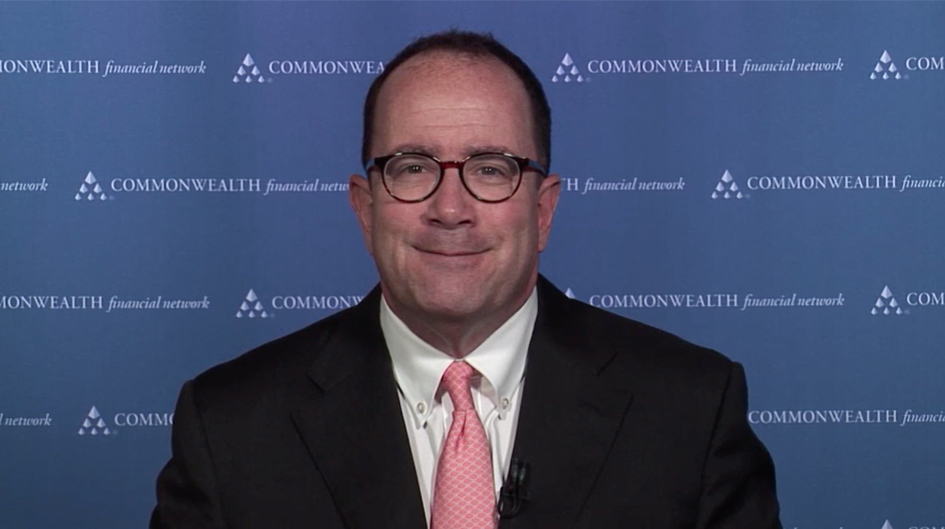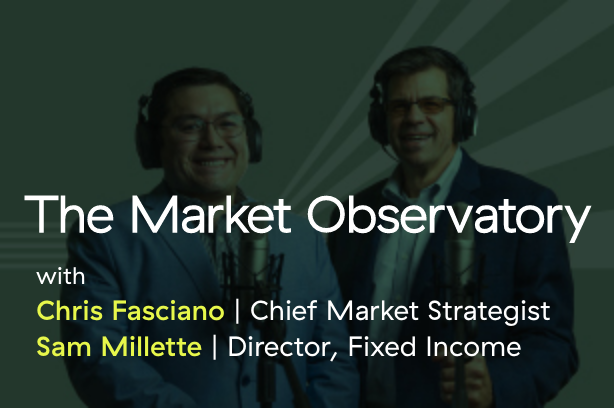A controversial topic currently exciting economists goes by the name of Modern Monetary Theory (MMT). While there are many ways to interpret it (as you can see from its name, it doesn’t actually describe anything), the key tenet is that deficits don’t matter. Governments that control their own currencies, like the U.S., can spend whatever they want simply by printing more money. The controversy doesn’t come from this assertion—it’s a simple fact—but from the different interpretations of what, exactly, this means.














